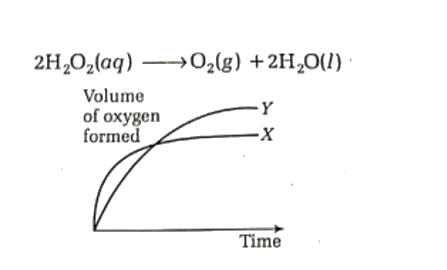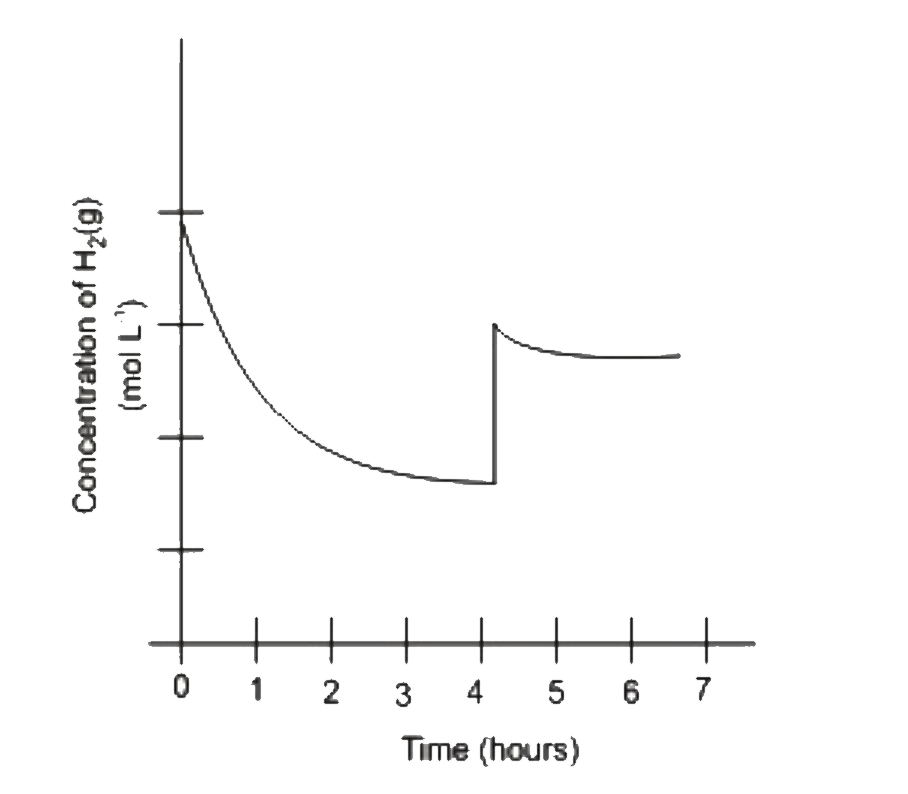100 mL of PH_(3) on decomposition produced phosphorus and hydrogen. The change in volume is :-
Increase in 50 ml
Decrease in 50 mL
Increase in 150 mL
Decrease in 200 ml
The correct Answer is:A
Step by step video, text & image solution for 100 mL of PH_(3) on decomposition produced phosphorus and hydrogen. The change in volume is :- by Chemistry experts to help you in doubts & scoring excellent marks in Class 12 exams.
Updated on:21/07/2023Topper's Solved these Questions
- SOME BASIC CONCEPT OF CHEMISTRYBook:AAKASH INSTITUTEChapter:SOME BASIC CONCEPT OF CHEMISTRYExercise:ASSIGNMENT( SECTION - D) Assertion-Reason Type Questions
Explore 15 Videos
- SOME BASIC CONCEPT OF CHEMISTRYBook:AAKASH INSTITUTEChapter:SOME BASIC CONCEPT OF CHEMISTRYExercise:ASSIGNMENT( SECTION - B) Objective Type Questions
Explore 22 Videos
- SOLUTIONSBook:AAKASH INSTITUTEChapter:SOLUTIONSExercise:ASSIGMENT (SECTION-J) AAKASH CHALLENGERS QUESTIONS
Explore 10 Videos
- SOME BASIC CONCEPTS OF CHEMISTRY Book:AAKASH INSTITUTEChapter:SOME BASIC CONCEPTS OF CHEMISTRY Exercise:ASSIGNMENT SECTION J (Aakash Challenges Questions)
Explore 10 Videos
Similar Questions
Knowledge Check
Phosphine on decomposition produces phosphorus and hydrogen. The change in percentage in volume
A50mlB80mlC900mlD75ml100mL of phosphine (PH3) on hearing forms phosphorous (P) and hydrogen (H2). The volume change in the reaction is
Aa decrease of 50mLBan increase of 100mLCan increase of 150mLDan increase of of 50mLPhosphine (PH3) decomposes to produce vapours of phosphorus and H2 gas. What will be the change in volume when 100mL of phosphine is decomposed?
A+50mLB500mLC+75mLD−500mL
100mL of phosphine (PH3) on hearing forms phosphorous (P) and hydrogen (H2). The volume change in the reaction is
View SolutionPH3, the hydrine of phosphorus is
View SolutionCurve X on the graph below shows the volume of oxygen formed during the catalytic decomposition of a 1.0 mol dm−3 solution of hydrogen peroxide.

Which change would produce the curve Y?
View SolutionPH3, the hydride of phosphorus is
View SolutionThe reaction between phosphorus (P4) and hydrogen (H2) can result in the formation of phosphine (PH3) as shown :
P4(s)+6H2(g)⇔4PH3(g)
The graph shows the change in concentration of hydrogen for this reaction in which the system was distrubed after four hours.

Which of the following could explain the change in hydrogen concentration at time = 4 hours?
View Solution
